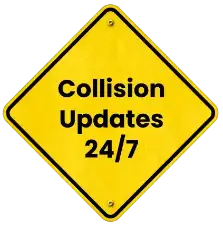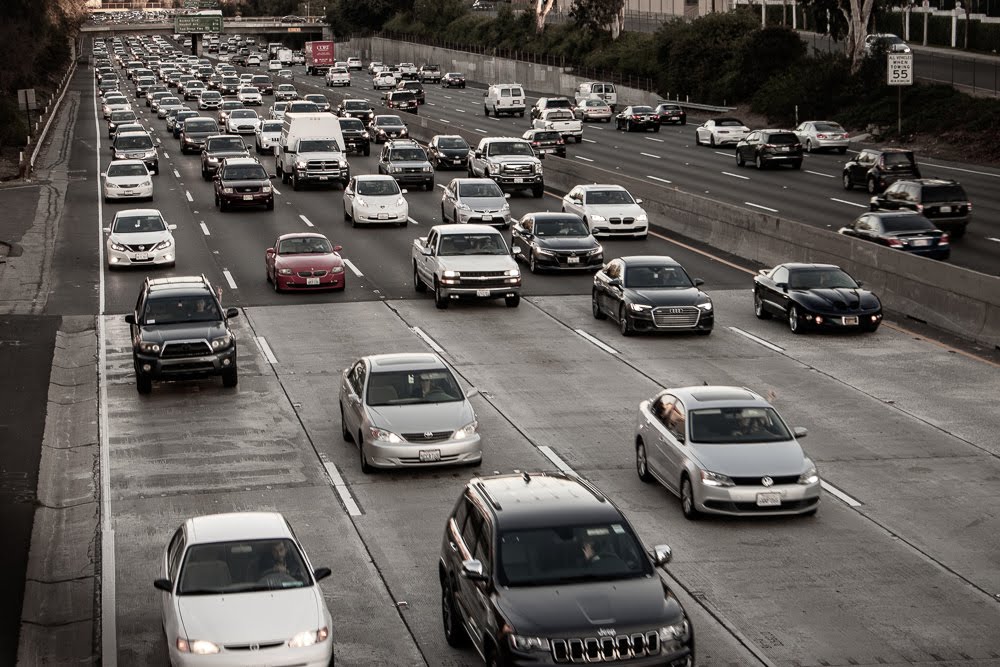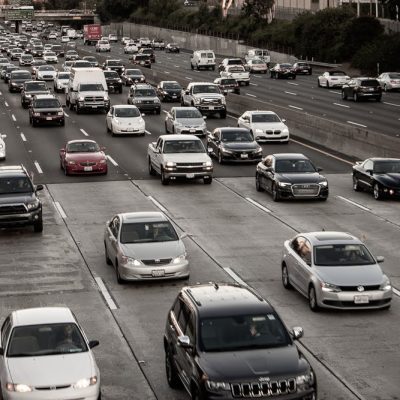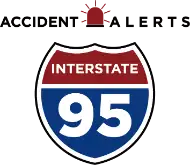
Rural vs Urban Stretches: Accident Differences on I-95


Interstate 95—spanning from Maine to Florida—is the East Coast’s main artery of commerce and commuter travel. It crosses some of the country’s most densely populated metro regions as well as long rural corridors where services are sparse and response times are longer.
Unsurprisingly, the types of crashes along I-95 vary dramatically between its urban and rural segments. Understanding these differences is critical for improving roadway safety, analyzing fault, and pursuing compensation after a serious collision.
Urban I-95: Congestion, Speed Variance, and Distraction
Urban segments of I-95 see some of the nation’s highest traffic densities. With tens of thousands of vehicles using these sections daily, collisions are frequent and often chain-reaction events involving multiple vehicles.

In cities, stop-and-go congestion and abrupt lane changes are leading contributors to crashes. Drivers attempt to merge or exit in short distances, and commercial vehicles operating on tight delivery schedules often weave through heavy traffic.
Distraction is another top cause in urban areas. Cell phone use, navigation apps, and digital billboards contribute to attention lapses. According to the National Highway Traffic Safety Administration (NHTSA), distracted driving claimed 3,275 lives in 2023. On dense highways like I-95, even a two-second distraction can lead to multi-vehicle pileups.
Urban collisions tend to happen at lower speeds but with higher crash frequency. Injury claims often involve whiplash, concussions, and soft-tissue trauma. Fault determination can be complicated by the close spacing of vehicles, numerous witnesses, and mixed video evidence from traffic cameras and dashcams.
Rural I-95: Speed, Fatigue, and Delayed Response
Once I-95 exits major population centers, the driving dynamic changes completely. Long, open lanes encourage higher travel speeds and longer driving hours, often leading to fatigue-related crashes.
According to the Federal Highway Administration, rural highways account for about 45% of all traffic fatalities, despite handling far fewer vehicles than urban roads. On I-95’s rural sections, excessive speed, single-vehicle rollovers, and head-on collisions are common.
Nighttime hazards are particularly severe. With minimal lighting, reduced visibility, and a higher likelihood of wildlife crossings, the risk of fatal injury increases substantially. Emergency response times in rural counties can be double those in metro areas, prolonging the time between injury and treatment—another key factor that influences accident severity highway outcomes.
Truck crashes are also more frequent in rural zones. Long-haul drivers on I-95 often push through extended shifts to meet delivery deadlines, raising fatigue and mechanical failure risks.
Comparing Common Crash Causes
Though the underlying physics of a collision remain the same, the dominant causes of rural vs urban crashes I-95 differ markedly.
These are the most frequent contributing factors based on regional crash data and NHTSA studies:
- Urban Stretches: congestion, distraction, sudden braking, short following distances, and intersection-related conflicts.
- Rural Stretches: speeding, fatigue, impaired driving, wildlife strikes, and single-vehicle roadway departures.
Urban collisions are more likely to involve multiple vehicles but fewer fatalities per crash. Rural collisions, by contrast, happen less often but have a far higher fatality rate because of greater impact speeds and longer emergency response times. The difference underscores how environment—not just driver behavior—affects crash survivability.
The Role of Infrastructure and Enforcement
Infrastructure plays a major role in shaping crash outcomes on I-95. Urban segments benefit from divided lanes, continuous lighting, and immediate access to hospitals or emergency responders. These safety advantages mean that many urban crashes, while frequent, are less severe.
Rural sections often lack such safeguards. Long stretches of two-lane roadway, limited lighting, and fewer rest stops amplify the risk. Maintenance gaps can also contribute to hydroplaning or loss of traction.
Enforcement patterns differ as well. Metropolitan areas maintain a steady police presence with cameras and patrol units. In rural areas, however, fewer officers cover longer distances.
This imbalance directly affects how accident severity highway statistics are interpreted—urban safety measures prevent fatalities through early intervention, while rural areas rely on post-crash response.
How Fault and Evidence Differ by Location
Proving fault after a crash depends heavily on where the accident occurred. In urban I-95 collisions, investigators can draw from extensive traffic-cam footage, nearby witnesses, and vehicle dashcams.
Rural crashes require different investigative tools. With fewer cameras or bystanders, attorneys and experts depend on physical evidence—such as skid marks, vehicle positioning, and black-box data.
Insurance handling also varies. Urban claims may involve numerous parties and smaller injuries, leading to faster settlements but lower payouts. Rural claims tend to involve catastrophic injuries or fatalities, lengthier investigations, and higher compensation due to the severity of damages.
Claim Timelines and Legal Considerations
For both rural and urban crashes, timing is crucial. Most states along the I-95 corridor impose two- or three-year statutes of limitation on personal injury lawsuits. Failing to act within that period can forfeit the right to recover damages.
Victims should contact law enforcement immediately and obtain a copy of the police report. In rural crashes, evidence preservation letters are especially important since physical traces can disappear quickly due to weather or cleanup. Urban victims may need to secure video footage from nearby businesses or government agencies before it’s deleted.
An experienced personal injury lawyer can coordinate these steps, ensuring all evidence—digital or physical—is retained. Attorneys also manage communication with insurers, document medical treatment, and pursue full compensation for injuries, lost wages, and long-term care needs.
Contact an I-95 Personal Injury Lawyer
Whether your collision occurred in a congested city corridor or a remote rural stretch, an I-95 crash demands careful legal handling. Each environment presents different challenges—urban cases often hinge on complex liability analysis, while rural crashes require deeper forensic reconstruction.
If you or a loved one has been injured in a highway accident, we can connect you with a talented I-95 personal injury lawyer. A skilled attorney can investigate fault, preserve key evidence, and navigate differing insurance and jurisdictional laws across state lines.
The unique contrasts between rural and urban I-95 segments reveal one truth: safety depends not just on driver caution, but on preparedness. By enforcing rest breaks, maintaining vehicles, and understanding local traffic dynamics, drivers can reduce the likelihood of tragedy on one of America’s busiest highways.
